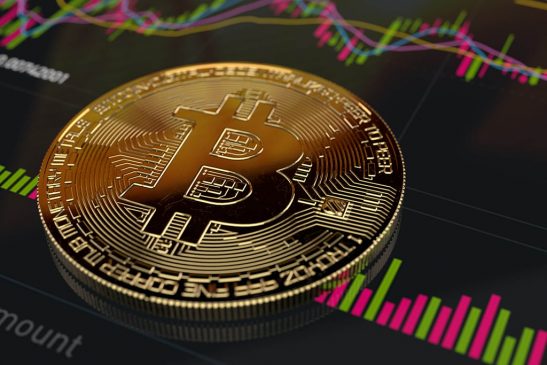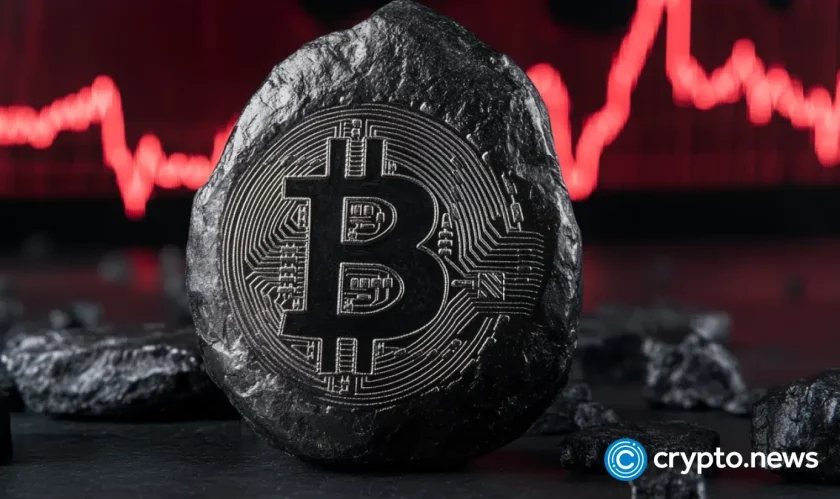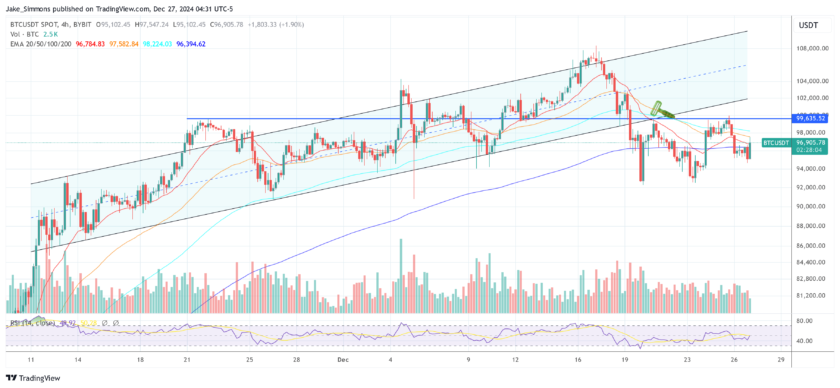While Bitcoin recovered by 10% over the weekend, it is still facing some crucial resistance levels ahead for a short-term surge. Here’s what analysts have to say.
After slipping below $3300 in the early hours of Saturday, December 8, Bitcoin has finally shown some recovery over the weekend. According to the seven-day Bitcoin chart on CoinMarketCap, Bitcoin surged over 10% over $3650 levels and is currently consolidating at above $3500 levels.
At the press time, Bitcoin (BTC) is 1.5% up trading at $3555 with a market cap $61.9 billion. Also, several other altcoins are showing a minor price recovery along with it. However, traders prefer to remain more cautious on this recovery over the short-term trend of Bitcoin. Many say that Bitcoin is still significantly below its crucial resistance levels, for a confident upswing ahead.
Bitcoin Break-Out to Happen Above $3700
Popular cryptocurrency technical analyst, DonAlt says that $3700 is a crucial resistance for Bitcoin to trigger the northward journey. Until then, it will continue to trade in the $3300-$3600 price range. He says:
“Another good day for BTC. That said it’s still nowhere close to turning bullish on the higher time frames. While the low timeframes look decent, BTC hasn’t even reclaimed the previous trading range. Until it does, no swing long trades.”
Crypto trader and economist, Alex Krüger says that BTC has managed much better to minimize losses in the steep market falls. He says that currently, the world’s largest cryptocurrency is in a better accumulation zone.
“Performance from all-time-highs to date, for the main crypto assets. BTC -82%, XRP -86%, ETH -93%, BCH -95% (using Bitfinex’s data). These may all look equally bad. It is not so. The difference between -82% and -95% is a further 72% drop,” explains Krüger.
Regulatory Friction On The Way
While as the regulatory picture from different parts of the globe gets open, the market is still waiting for more clarity. A number of Bitcoin products are scheduled to hit the market in early 2019. This includes the Bakkt Bitcoin Futures, Nasdaq Bitcoin Futures, and most probably the VanEck Bitcoin ETF.
The approval of Bitcoin Futures contracts lies in the hands of the Commodities and Futures Trading Commission (CFTC). In the past, the CFTC has remained friendly towards approving crypto products to the market. On the contrary, the U.S. Securities and Exchange Commission (SEC) has issued tough measures on the approval of ETF products. Last week itself, the SEC postponed the VanEck ETF approval to February 2019.
Moreover, two months back while speaking at the Consensus: Invest Conference, the SEC Chairman Jay Clayton clearly issued a red flag on the Bitcoin ETF approval. Clayton says that the crypto exchanges don’t have sufficient surveillance tools to deal with market manipulation. The U.S. Congress recently passed two bills to minimize and prevent the crypto manipulation.
Last week, SEC Commissioner Hester Peirce said that Bitcoin enthusiasts should stop pinning up their hopes on ETF arrival. She said that the Bitcoin ETF can arrive either “tomorrow or take twenty years”.
Peirce is popularly known as ‘Cypto Mom’ in the crypto community for her crypto-friendly stand in the past. She assured that she’s trying to “convince” her colleagues at the SEC to have “an open mind when it comes to [crypto]”.
Crypto Heavyweights Continue to Stay Bullish on Bitcoin’s Future
Billionaire investors and crypto heavyweights like Tim Draper, Mike Novogratz, and Jim Breyer continue to remain bullish on the long-term price of Bitcoin. Around 40 days back, Tim Draper made an ultra-bullish prediction saying Bitcoin will hit $250K by 2022.
Similarly, legendary investor Jim Breyer remains bullish on the Bitcoin future. However, while speaking at the 2018 Global Tech Forum in Guangzhou, Breyer said that “we are close to a nuclear winter”.
“These cycles keep happening every decade or so,” Breyer said while referring to the repetition booms-and-busts in the technology sector. This seasonality is, he said, “inevitable.”
“So many of the very best computer scientists and deep learning PhD students and post-docs are working on blockchain because they have so much fundamental interest in what blockchain can mean. You don’t want to bet against the best and brightest in the world,” added Breyer.




